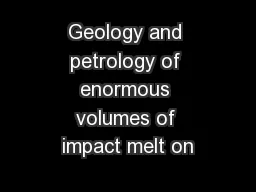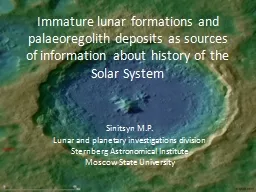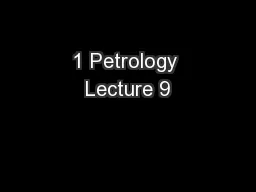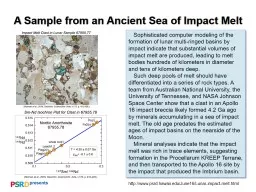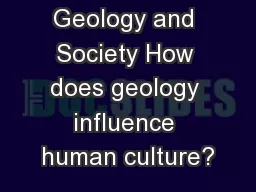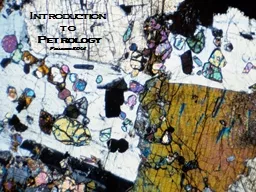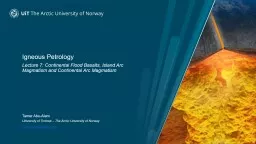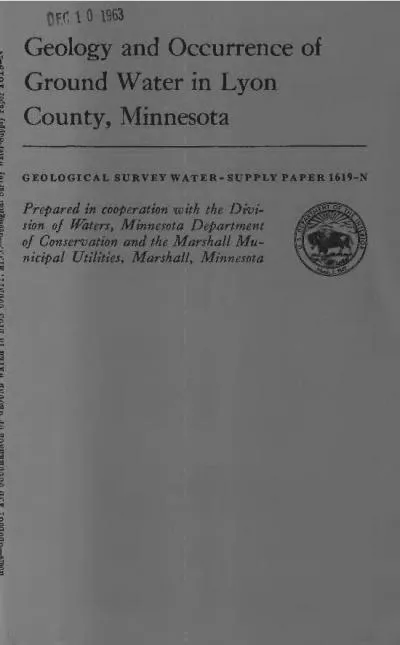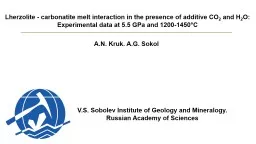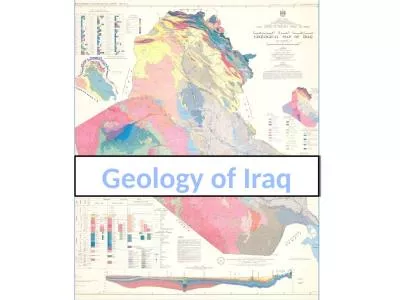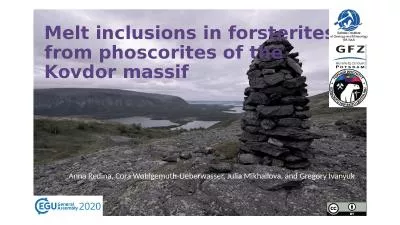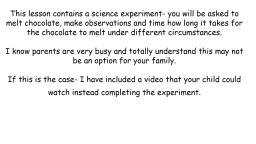PPT-Geology and petrology of enormous volumes of impact melt on
Author : phoebe-click | Published Date : 2016-04-06
William Vaughan Brown University James Head Lionel Wilson Paul Hess Cintala and Grieve 1998 Abramov et al 2012 30 basins gt300 km in diameter Head et al 2010
Presentation Embed Code
Download Presentation
Download Presentation The PPT/PDF document "Geology and petrology of enormous volume..." is the property of its rightful owner. Permission is granted to download and print the materials on this website for personal, non-commercial use only, and to display it on your personal computer provided you do not modify the materials and that you retain all copyright notices contained in the materials. By downloading content from our website, you accept the terms of this agreement.
Geology and petrology of enormous volumes of impact melt on: Transcript
Download Rules Of Document
"Geology and petrology of enormous volumes of impact melt on"The content belongs to its owner. You may download and print it for personal use, without modification, and keep all copyright notices. By downloading, you agree to these terms.
Related Documents

